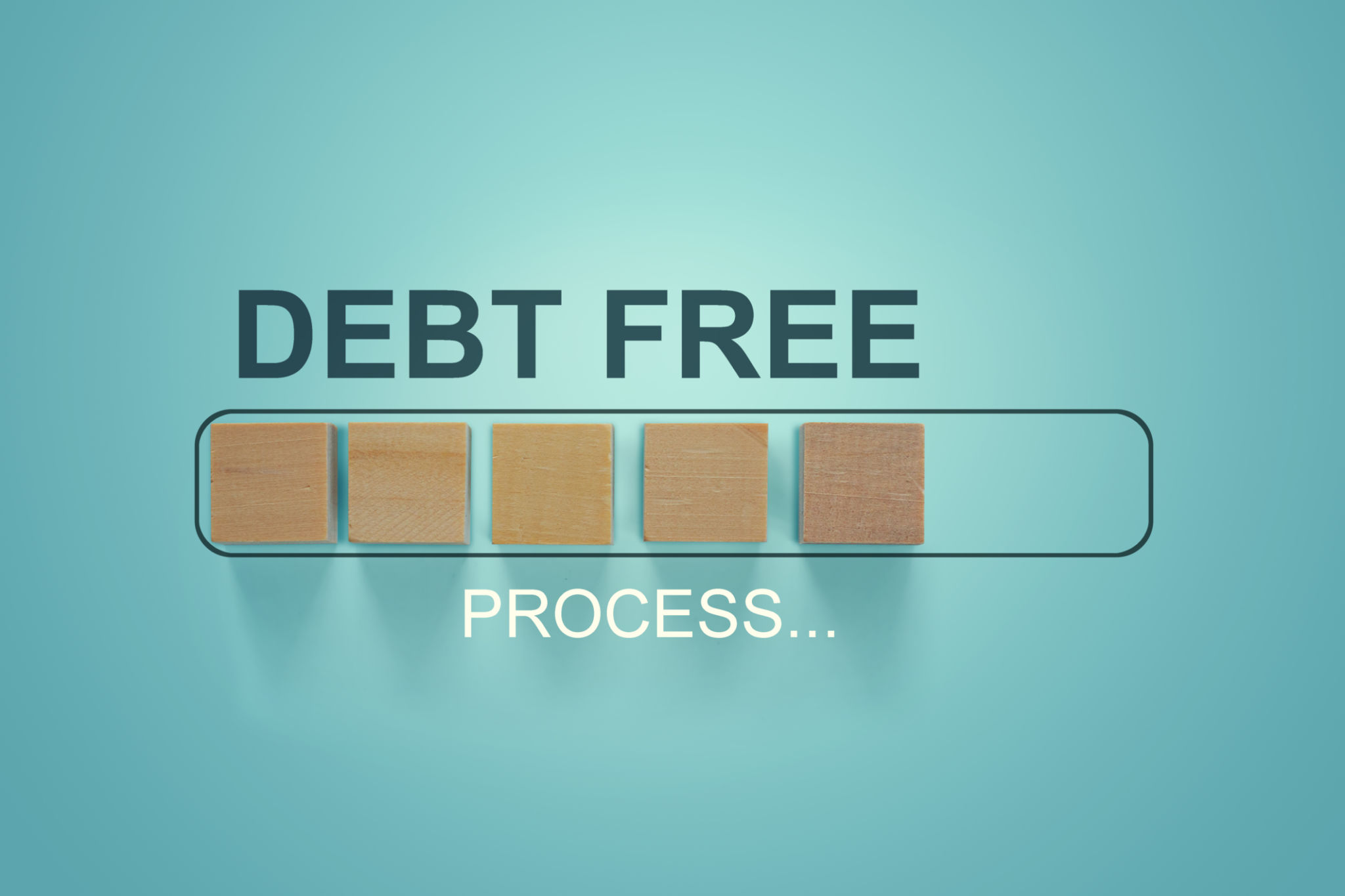How to Use a Debt Tracker to Achieve Financial Freedom
Understanding the Importance of a Debt Tracker
Financial freedom is a goal many aspire to achieve, and one powerful tool to help reach this milestone is a debt tracker. A debt tracker is a simple yet effective method for managing and paying off debts, providing you with a clear picture of your financial obligations. This clarity is crucial for maintaining control over your finances and setting realistic goals for debt repayment.
By using a debt tracker, you can easily monitor your progress and stay motivated. It helps in organizing all your debts in one place, allowing you to see the impact of your payments over time. This can be especially beneficial if you have multiple debts from different sources like credit cards, student loans, or personal loans.

Setting Up Your Debt Tracker
To set up a debt tracker, start by gathering all relevant information about your debts. This includes the total amount owed, interest rates, due dates, and minimum payments. Once you have this data, choose a method for tracking. You can use a spreadsheet, a budgeting app, or even a simple notebook—whatever works best for you.
Next, input all this information into your chosen tracking method. Organize it by priority or interest rates, depending on your repayment strategy. Highlight key details such as interest rates and due dates to ensure you never miss a payment. This initial setup may take some time, but it is an essential step toward managing your debt effectively.
Creating a Repayment Strategy
With your debt tracker in place, it's time to develop a repayment strategy. One popular method is the debt snowball approach, where you focus on paying off the smallest debts first while making minimum payments on larger ones. This strategy can provide quick wins and boost motivation.
Alternatively, consider the debt avalanche method, where you prioritize debts with the highest interest rates. This approach can save you more money in the long run by reducing interest payments. Whichever method you choose, ensure it aligns with your financial goals and lifestyle.

Tracking Progress and Adjusting Plans
Regularly updating your debt tracker is crucial to maintaining momentum. Set aside time each month to review your progress, update balances, and adjust your strategy if necessary. Celebrate small victories to stay motivated, whether it's paying off a single debt or reaching a particular milestone in your repayment plan.
If you find that your current strategy isn't working as planned, don't hesitate to make adjustments. Financial situations can change due to unforeseen circumstances, so be flexible and willing to adapt your plan as needed.
Leveraging Additional Resources
To maximize the effectiveness of your debt tracker, consider leveraging additional resources such as budgeting apps or financial advisors. These tools and professionals can provide valuable insights and support throughout your journey to financial freedom.

Furthermore, educate yourself on personal finance topics through books, podcasts, and online courses. The more knowledge you gain, the better equipped you'll be to make informed decisions about managing debts and achieving financial independence.
The Road to Financial Freedom
Achieving financial freedom requires dedication and discipline, but with the right tools like a debt tracker, it's entirely possible. By maintaining a clear view of your financial landscape and implementing a strategic repayment plan, you'll be well on your way to eliminating debt and enjoying the benefits of financial independence.
Remember that patience is key—financial freedom doesn't happen overnight. Stay committed to your goals, continue using your debt tracker diligently, and celebrate each step forward on your journey to a debt-free life.